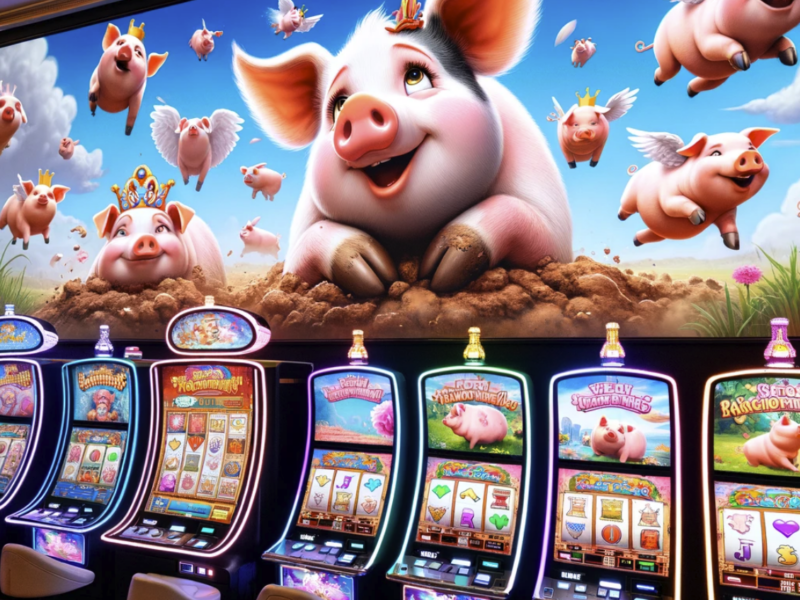Canon and Sony both claim to be the top mirrorless cameras available on the market.
They both can make a case, but the reality is more complicated.
We’ll evaluate Canon and Sony on 10 main metrics, then go into the best mirrorless cameras that each brand has.
Table of Contents
Canon vs. Sony Mirrorless – Which Wins? The Short Answer
The short answer is that Canon and Sony both have strengths in different areas.
Some cameras we find to be better for certain types of tasks than others.
In this article, we’ll compare the Canon EOS R5 and EOS R6 and the Sony A7R IV and A9 II.
Let’s compare across categories.
Price
Let’s get price out of the way first.
The Canon EOS R5 retails for around $3,899, and the EOS R6 retails for approximately $2,499.
On the Sony side, the A7R IV retails for around $3,000, and the A9 II retails for $3,200.
Overall, Canon’s EOS R5 and EOS R6 are around the same affordability as the Sony’s A7R IV and A9 II.
These prices do vary a bit based on supply and demand.
Canon EOS R5
Canon EOS R6
Sony A7R IV
Sony A9 II
Sensor and image quality
Canon has an edge over Sony when it comes to sensor and image quality.
The company’s EOS R5 is among the best mirrorless cameras currently on the market.
It has a 45MP sensor that can shoot 8K video, 4K at up to 120fps, and 10-bit 4:2:2 HDMI output.
There’s also Canon’s new EOS R6, which uses the same sensor as the EOS-1D X Mark III DSLR.
It’s not quite as good as the R5, but it’s still a very capable camera.
On the Sony side, the company has two main options – the A7R IV and the A9 II.
The A7R IV is the better option if you’re looking foretail and resolution, as it has a 61MP sensor.
The A9 II, on the other hand, is geared more towards speed. It can shoot at up to 20fps with no blackout between frames.
Both Sony cameras are very good, but the R5 is the best mirrorless camera when it comes to sensor and image quality.
Autofocus performance
Canon’s EOS R5 and EOS R6 both have excellent autofocus (AF) systems.
The R5 has Canon’s Dual Pixel CMOS AF system, which uses 5,655 phase-detection AF points that cover 100% of the sensor.
It’s incredibly fast and accurate, and it can even track subjects as they move around the frame.
The R6 also has Canon’s Dual Pixel CMOS AF system, but it uses 6,072 phase-detection AF points that cover 88% of the sensor.
It’s not quite as good as the R5, but it’s still very good.
On the Sony side, the A7R IV has 567 phase-detection AF points that cover 74% of the sensor.
It’s not as fast or as accurate as the R5 or R6, but it’s still a very good autofocus system.
The A9 II also has 567 phase-detection AF points, but it covers 68% of the sensor.
It’s not as good as the A7R IV, but it’s still a very good autofocus system.
Overall, Canon has the better autofocus system, but Sony’s autofocus systems are still very good.
Lenses
Canon has an edge over Sony when it comes to lenses.
The company has a wide range of native RF lenses, including primes, zooms, and macro lenses.
Sony, on the other hand, has a more limited selection of native E-mount lenses.
The company does have a few third-party options available, but they’re not as good as Canon’s native RF lenses.
Overall, Canon has the better selection of lenses, but Sony’s selection is still good.
Ease of use
Canon’s mirrorless cameras are generally easier to use than Sony’s mirrorless cameras.
The Canon EOS R5 and EOS R6 both have touch screens that make it easy to change settings and navigate menus.
They also have physical controls that are well-labeled and easy to use.
The Sony A7R IV and A9 II both have touch screens, but they’re not as easy to use as the Canon touch screens.
They also don’t have as many physical controls, which can make them more difficult to use.
Overall, Canon’s mirrorless cameras are easier to use than Sony’s mirrorless cameras.
Viewfinders and LCD
Canon has an edge over Sony when it comes to viewfinders.
The EOS R5 and EOS R6 both have OLED electronic viewfinders (EVF) with 3.69 million dots.
They’re bright, clear, and easy to use.
The Sony A7R IV has an OLED EVF with 3.69 million dots, but it’s not as good as the Canon EVFs.
It’s not as bright, and it doesn’t have as many features.
The A9 II doesn’t have an EVF at all – it has a pop-up LCD that doubles as a viewfinder.
It’s not as good as the Canon EVFs, but it’s still usable.
Overall, Canon has the better viewfinders, but Sony’s LCD is still usable.
Continuous shooting speed and buffer
Canon has an edge over Sony when it comes to continuous shooting speed and buffer.
The EOS R5 can shoot at up to 12fps with no blackout between frames.
It also has a large buffer that can hold up to 180 RAW images or 1,000 JPEG images.
The EOS R6 can shoot at up to 10fps with no blackout between frames.
It also has a large buffer that can hold up to 120 RAW images or 1,000 JPEG images.
On the Sony side, the A7R IV can shoot at up to 10fps with no blackout between frames.
It also has a decent buffer that can hold up to 76 RAW images or 241 JPEG images.
The A9 II can shoot at up to 20fps with no blackout between frames.
It has a small buffer that can hold up to 36 RAW images or 107 JPEG images.
Overall, Canon has the better continuous shooting speed and buffer.
Image stabilization
Canon and Sony mirrorless cameras both have in-body image stabilization (IBIS).
The Canon EOS R5 has 5-axis IBIS that can provide up to 8 stops of stabilization.
The EOS R6 has 5-axis IBIS that can provide up to 5 stops of stabilization.
On the Sony side, the A7R IV has 5-axis IBIS that can provide up to 5.5 stops of stabilization.
The A9 II has 5-axis IBIS that can provide up to 4.5 stops of stabilization.
Overall, Canon’s IBIS system is better than Sony’s IBIS system.
Video quality
Canon and Sony both offer excellent video quality.
The R5 can shoot 8K video, 4K at up to 120fps, and 10-bit 4:2:2 HDMI output.
The R6 can shoot 4K at up to 60fps, and 10-bit 4:2:2 HDMI output.
Both cameras are capable of shooting excellent video.
The A7R IV can shoot 4K at up to 30fps, and 10-bit 4:2:2 HDMI output.
The A9 II can shoot 4K at up to 60fps, and 10-bit 4:2:2 HDMI output.
Both cameras are capable of shooting excellent video.
Overall, Canon has the better video quality, but Sony’s video quality is still very good.
Battery life
Canon’s EOS R5 and EOS R6 both have good battery life.
The R5 can shoot up to 210 shots on a single charge, and the R6 can shoot up to 380 shots.
On the Sony side, the A7R IV can shoot up to 530 shots on a single charge, and the A9 II can shoot up to 480 shots.
Overall, Sony has better battery life, but Canon’s R5 and R6 both have good battery life.
Build quality and weather-sealing
Canon’s EOS R5 and EOS R6 both have excellent build quality.
They’re both made of magnesium alloy, and they’re both weather-sealed against dust and water.
On the Sony side, the A7R IV is made of magnesium alloy, and it’s weather-sealed against dust and water.
The A9 II is also made of magnesium alloy, but it’s not weather-sealed.
Overall, Canon has better build quality and weather-sealing, but Sony’s A7R IV is also very good.
Sony A7IV vs Canon R6 – Which Should You Buy?
Conclusion – Canon vs. Sony Mirrorless
Canon’s EOS R5 is the best mirrorless camera currently on the market. It has excellent image quality, great autofocus, superb build quality, and good battery life.
It’s also more affordable than Sony’s A7R IV.
The EOS R6 is also a great camera. It doesn’t have the same image quality as the R5, but it’s still very good. It has great autofocus, superb build quality, and good battery life. It’s also more affordable than Sony’s A9 II.
If you’re looking for the best mirrorless camera, either the Canon EOS R5 or the EOS R6 would be a great choice.






